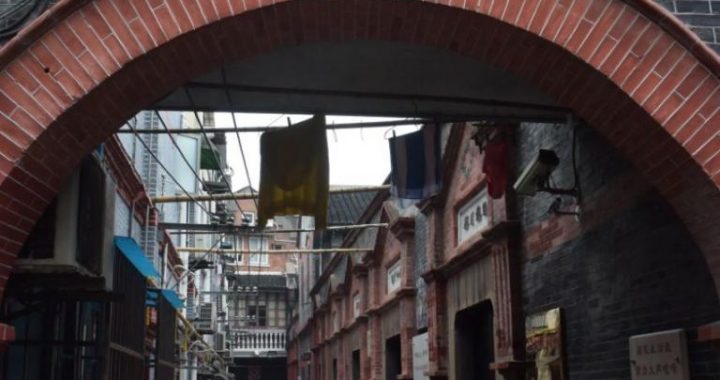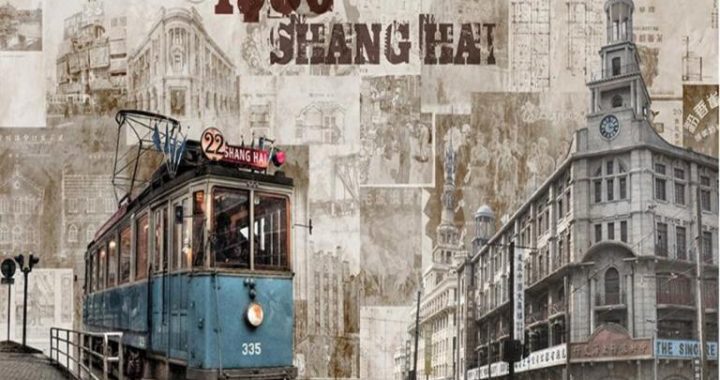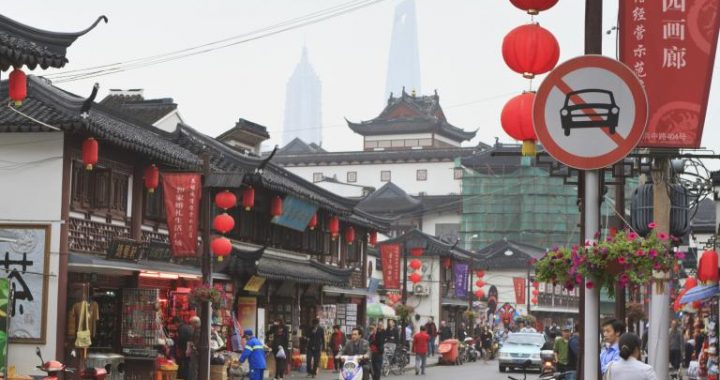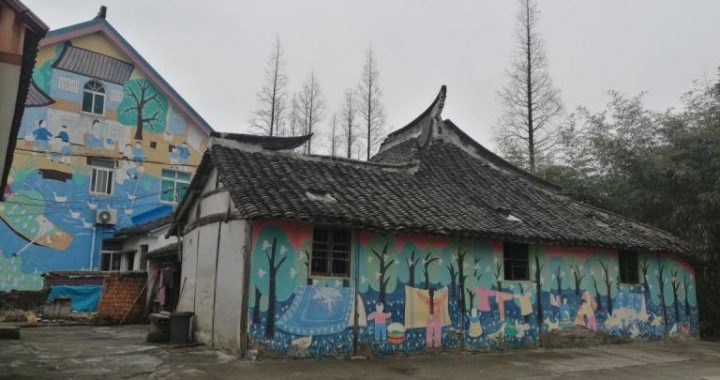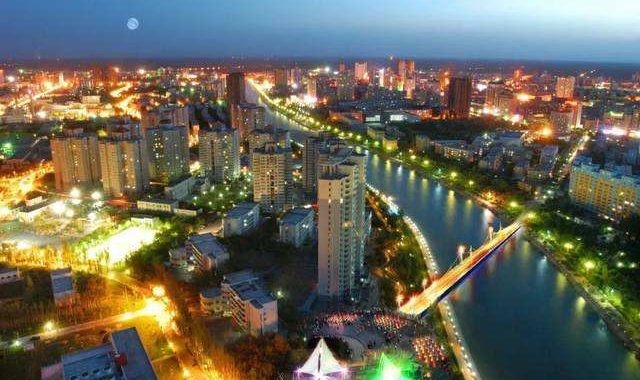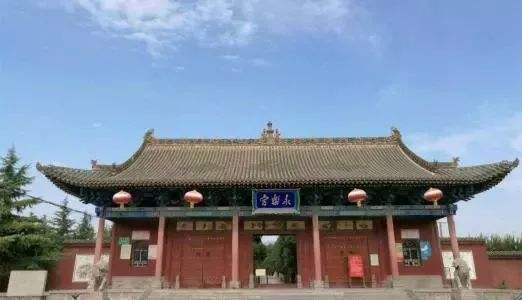Shikumen and the Customs of the Alleys
3 min readShikumen is a type of residential architecture that came into being with the urbanization of Shanghai. Over the years, these buildings have served as the major accommodation for most Shanghai residents.
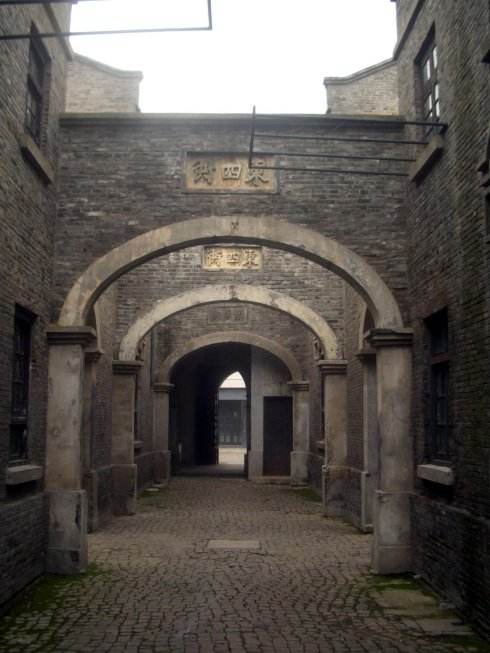
Shikumen architecture was first introduced into Shanghai in the 18 50s and 1860s. This was a type of building that used less land, smaller quantities of building materials and less money. It usually consisted of three rooms upstairs and three rooms downstairs. The middle room downstairs served as a living room, and the same layout was applied upstairs. Smaller-scale Shikumen buildings were later constructed, with two rooms upstairs and two rooms downstairs; or even smaller: with one room upstairs and one room downstairs. The door of a Shikumen building was made of thick black wood framed with slates of granite or red stone from Ningbo, Zhejiang Province, hence the name “Shikumen,”or literally Stone WarehouseGate. Later, to cater to the needs of the rich middle class, new-style Shikumen housing appeared: the high walls and black gates were removed; bathrooms and gas stoves equipped; and the small yard turned into a garden-known to people as Renovated Shikumen.
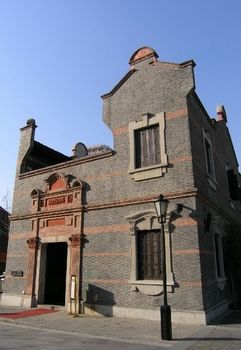
Gate ofa shikumen building
Owing to high rents,a Shikumen building usually housed about six or seven families, and sometimes, incredibly, more than a dozen. The residents usually came from different places across China, to engage in a variety of occupations, and with different lifestyles and interests, but all lived under the same roof, thus forming unique scenes of interest. Under the Roof of Shanghai,a classic play written by contemporary playwright Xia Yan(1900-1995), vividly describes the tragicomedy of a group of ordinary people living in a Shikumen building in east Shanghai in the 1930s.
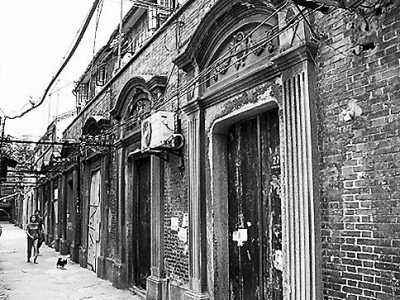
old shanghaiarchitectur
On the second floor of a Shikumen building,there was a room called”pavilion”or more exactly garret.It was usually situated above the kitchen,about ten square meters in size.The garret,being denied access to the sun all year round,was cold in winter and hot in summer.
The rent for it was cheap,usually four silver dollars a month.The renters varied from office clerks to industrial workers,shop apprentices,college students,senior-high-school students,freelancers,artists,playwrights,and musicians.Sometimes,a few writers shared one such garret.In the 1920s,many well-known writers like Lu Xun(1881-1936),Mao Dun(1896-1981)and Ba Jin(1904-2005),and artists like Xu Beihong(1895-19 53)and Liu Haisu(1896-1994),once lived and worked in the Shikumen buildings,and some of them even in garrets.
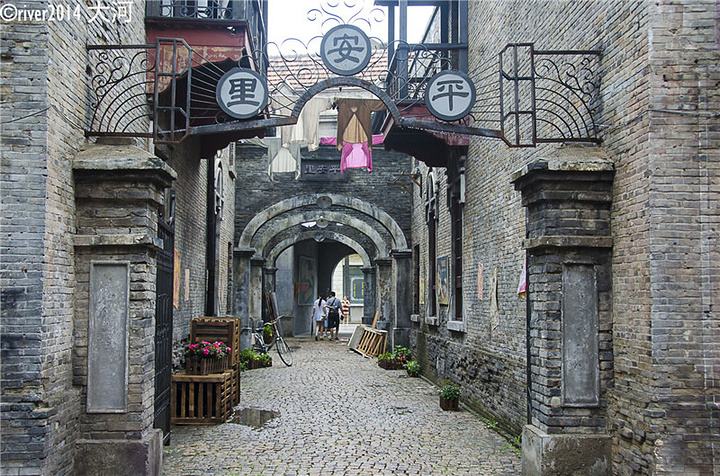
Shikumen buildings standing side by side then formed alleys,or lilong or longtangin Shanghai dialect.The width of the alleys ranged from the widest of four meters to the narrowest of less than three meters.The alleys witnessed the everyday life of ordinary Shanghai people,who ate in the alley,washed clothes in the alley,cleaned vegetables in the alley,as well as emptied their night-stools in the alley.In summer,every household puta dining table out in the alley,with the family sitting around it to have dinner.In the evening,many people would place reclining wooden chairs or bamboo couches at the entrance to the alley,and cool them off with water before sitting down and enjoying the evening breeze.
One characteristic of alley life was openness.In the alley,family life was closely related to social life,without much privacy.What a family ate,how much clothing a family had,what financial situation a family was in,or what relatives a family had,was all known to everyoneliving in the alley.Some people say that the open-mindedness of the Shanghai people may have derived from the lack of privacy in the alleys.
